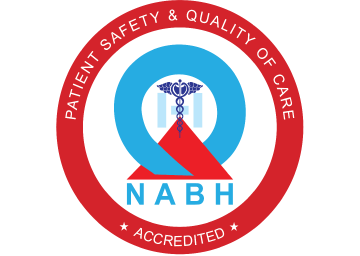ABOUT
Compared to lumbar and the cervical regions (the low back and the neck), thoracic disc (mid back) herniations are relatively uncommon and makes up only 1% of all disc prolapses. It is most commonly seen between the 4th and 6th decades of life. It usually involves middle to lower levels with T11-T12 being the most common level. 75% of all thoracic disc herniations occur between T8 and T12. Patients with underlying Scheuermann's disease may predispose to have thoracic disc prolapse. Smokers and patients with cervical OPLL and fluorosis also have a higher incidence of hard thoracic discs causing cord compression.
SYMPTOMS & DIAGNOSIS
The following are the symptoms and the diagnostic process
Axial back or chest pain is the most common symptom. The chest pain is a thoracic radicular pain and manifests as a band-like chest or abdominal pain along the course of the intercostal nerve. Depending on the nerve that is compressed, the patient will have numbness, altered sensation and, sensory changes along the chest wall. Patients with spinal cord compression will develop difficulty in walking, incoordination, weakness in the legs, difficulty in passing urine and stools. This is an emergency situation and needs early decompression to avoid permanent paralysis.
MRI is the most useful and important imaging method to demonstrate thoracic disc herniation. It allows for identification of the exact level and the extent of cord compression and the presence of signal intensity changes.
TREATMENT
Patients without cord compression and neurological symptoms can be treated non-operatively. This includes activity modification, physical therapy, and symptomatic treatment.
Patients with cord compression need early decompression surgery to avoid permanent problems. Operative treatment includes discectomy through either an anterior approach through the chest wall or posterior costo-transversectomy approach. The surgeon decides the appropriate approach for each patient.




